How much does a web application development cost? In the case of a custom, dedicated, simple website, it will cost between 2 200 - 4 000 USD.
An MVP of an application with few functions can range between 6 6000 - 11 000 USD. A highly advanced, custom website can cost well over 110 000 USD. Where do these differences come from?
A web application is a concept that is as obvious as it is ambiguous and sometimes causes a lot of confusion.
Why?
From a technological point of view, a web application is, on the one hand, a simple website (e.g., a landing page); on the other hand, a sales platform like Allegro.pl is called a web app.
Naturally, these two systems are as different as day and night. We write more about this in the article "What are the components of a web application? What does a business owner need to know?"
Before we reveal how web development companies price their work, we encourage you to learn about the stories of two applications — Boomerun and ParrotOne. Their creators talk about their path to creating the apps in our Journal:
— Tomasz Uściński: How much does it cost to create an app? The cost of the Boomerun app prototype
— Piotr Lewandowski: How much does it cost to create an app? Cost of ParrotOne prototype
However, suppose you're interested in a mobile application and how much it costs to create a mobile app (Android, iOS). In that case, you will find the answer in the article "How much does it cost to create a mobile application?."
Let's move on. So how much does it cost to create a web application? We'll try to answer it as simply as possible.
Web app development cost
When discussing web application development costs, it's necessary to distinguish such terms as the cost of creating a product (concept development and deployment), the web app maintenance cost, and the cost of introducing changes.
We want to explain these concepts a little further. Thus, below, we present the main factors that influence the amount of individual types of costs.
1. The cost of the web app development includes the following:
- Visual identity of a product, or at least a graphical concept of an application
- Business analysis
- Interface design
- Software architecture
- Development work
- Tests
- CI/CD procedures
- Software licenses, which can be free and payable
- Release of the next version of the software
- Integration with external applications through API
- Usability tests
- Legal analyses
- Documentation
2. The cost of maintaining a web application consists of the following:
- The development of an app depends on the choice of frontend and backend technology and the architecture used. We recommend React + Next JS + Python or Node. In the case of architecture, we suggest microservices
- The accessibility, scalability, and security of an application depend on the cloud solution used. We recommend AWS
- The work of a content team and updates of content depend on the CMS implementation (Content Management System). We suggest Strapi (Node) or Django (Python)
- Code optimization based on the results of performance tests and Web Core Vitals tests
- Design optimization, including development changes based on conversion results
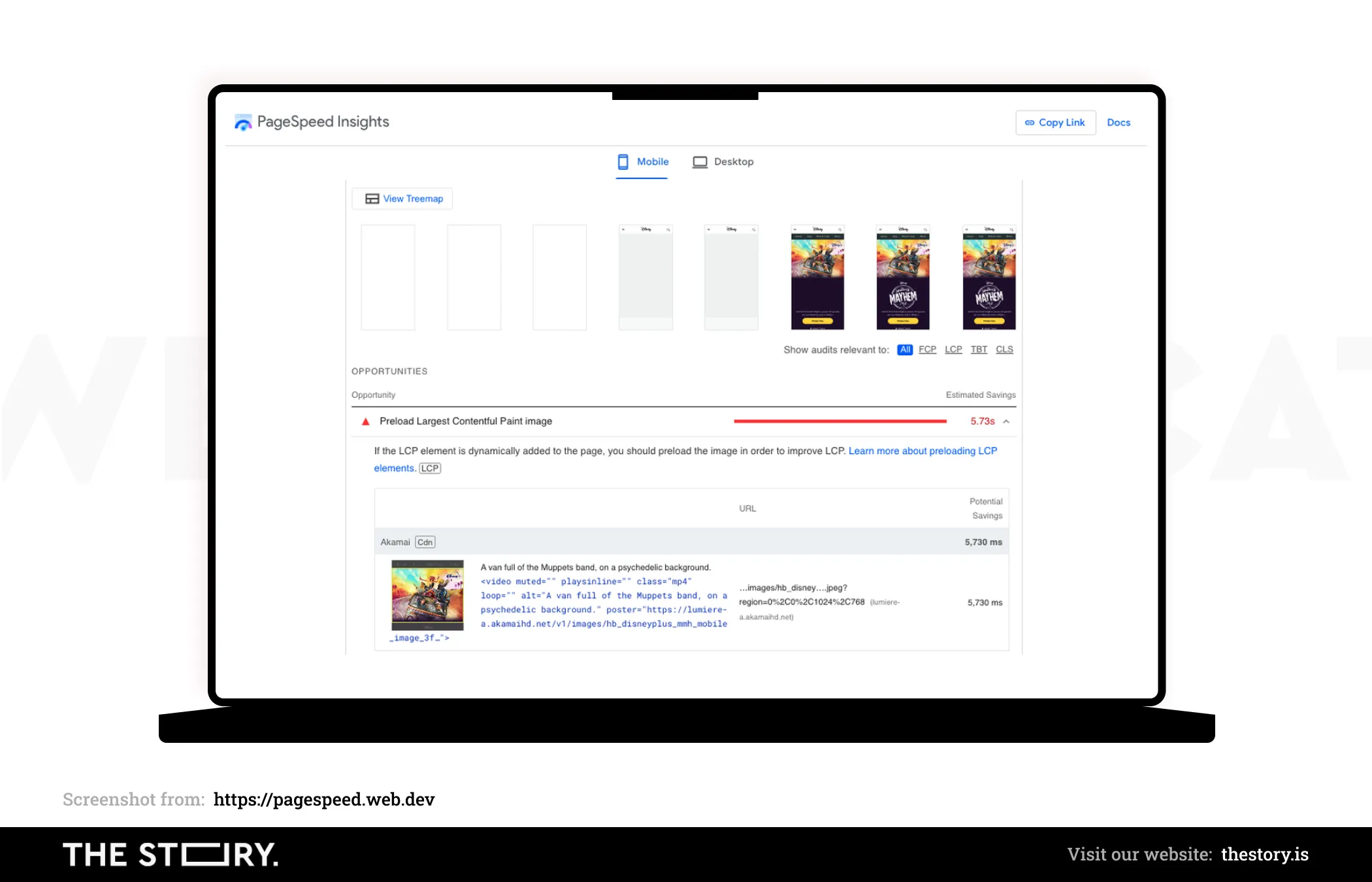
Why do the prices of software developers vary so much?
You sent an inquiry and received the answer from an interactive agency and a web development company, and the prices start from 11 000 USD and end at 110 000 USD. Why?
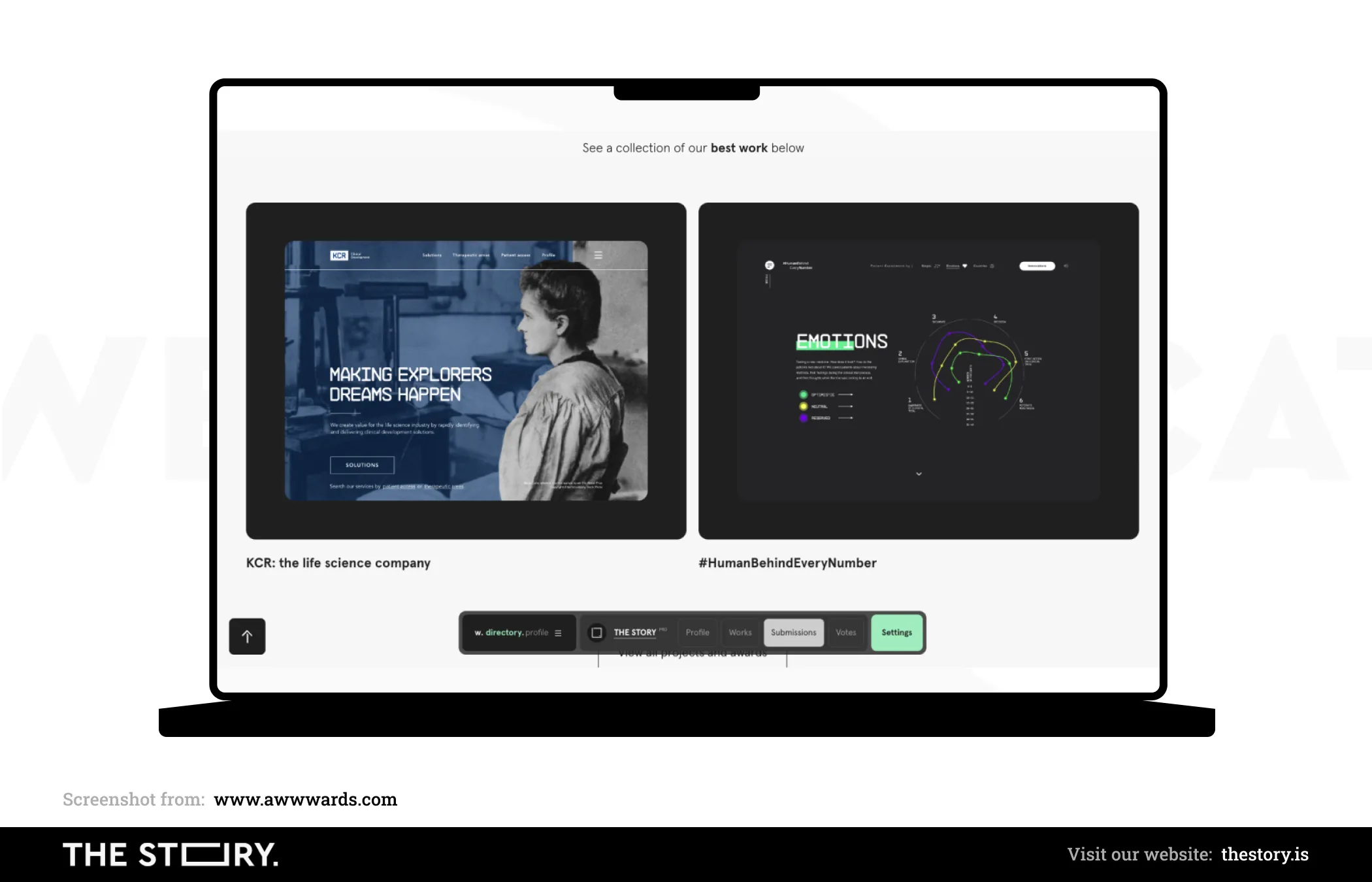
This significant discrepancy in prices mainly results from a single reason — the lack of a detailed project specification. The lack of precise requirements gives web app developers a free hand during a quotation.
Example 1
The inquiry includes the requirement for "user login and registration." Many factors influence its cost. Will the login and registration process have to be written from scratch? Does it have to be based on a particular framework, e.g., OAuth 2.0? Does it have to be connected to the SMS-sending mechanism? Will the app need to provide the ability to sign in with a Google account? Will it have to include two-factor verification? Will it need to support users from China? The quotation of one developer for the same function may be 330 USD and the other 5 500 USD. They both will be correct because the project doesn't have a detailed description of functions.
Example 2
Let's take a look at Google browser. We all know that Google consists of complicated algorithms and infrastructure which the user doesn't see on their side of a screen. Meanwhile, when looking at it through a customer's eyes or as a description in the inquiry to a web development company, Google can be described as a simple web app consisting of only two templates (a screen with a search bar + a screen with search results).
The quotations of web app developers based on a correctly formulated customer inquiry should differ between 10-20%.
So, what to do to lower web development costs? Create a specification. A good specification allows a customer of a development company to save up to 15%.
In the case of larger projects, these savings can amount to over 88 000 USD. It comes from the fact that from the beginning, the development team quotes its work based on specified customer requirements and not on assumptions.
The specification ensures that the implemented software is in line with the expectations of the project stakeholders, and as a result, we reduce the number of costly iterations. Does that sound interesting?
If yes, we invite you to read the article "Website functional specification example. Hiring a web development company for a fixed price."
You can also consider outsourcing web app development to reduce costs, but this comes with some additional advantages and disadvantages, so keep that in mind.
Too many details for a start? Let's establish what affects the price and how to think about the realization of an IT project.

The beginning. The web application development cost – the type and purposes of a web application
The technological complexity directly affects web app development costs. We have a few comments regarding this.
Do you want to create a landing page for sales? The cost usually doesn't exceed 2 200 USD.
Did you come up with an idea for a company managing reservations? A Rentalcars-type of a system for electronic equipment or construction machinery? You need to set aside a budget of several hundred thousand dollars.
What is the reason for such a crazy difference?
At first glance, at least for a layman, these applications aren't so different. However, let's look at them through the eyes of specialists (plural is here not only purposeful but also necessary). It turns out that for creating a simple landing page, one multi-instrumentalist is enough.
Creating a service similar to Rentalcars is impossible for one person. This is a task for several teams (design teams) consisting of a dozen to several dozen people.
The technological complexity of an app has significance and directly influences the following:
- Number of team members
- Scope of essential competencies (tech stack)
- Time of developing a web application
- Number and complexity of functions of an app
- The type of web developer (freelance vs. agency)
- Number of developers (often web applications are created by several independent entities)
- Non-technical conditions (e.g., legal)
- Location of a provider (e.g., their physical availability).
When thinking about developing a web application, it's worth being aware of the differences between applications.
Personal websites, blogs, and landing pages are relatively uncomplicated technologically. They don't require special requirements. Their structure is simple, and the functionalities and goals they serve are also typical.
The matter becomes significantly more complicated if we want to create more technologically and functionally advanced software intended not only to build the image of a company but also to present the offer, establish relationships, and automate processes.
Web portals and online stores are even more demanding, particularly large e-commerce platforms such as Allegro, Amazon, or eBay. Applications of similar complexity are also marketplace based web apps, progressive web apps such as Twitter, or social media platforms. They require some additional interactive elements, which expand the scope of necessary work.
In general, the more complex the project, the greater the scope of work, which includes the following:
- UI/UX Design
- UX Research
- Programming
- Business Analysis, Business Strategy
- Quality Assurance
- Project Management.
Even if, at the beginning of the cooperation, we need a team with fewer competencies, at the stage of choosing the first technological partner, it's worth paying attention to the scope of their competencies because, soon, we may need to expand the project's technology stack.
In such a case adding new team members within the same partner doesn't significantly influence the software development costs. However, if we're forced to change the developer, then additional costs will arise regarding introducing a new team to a project.
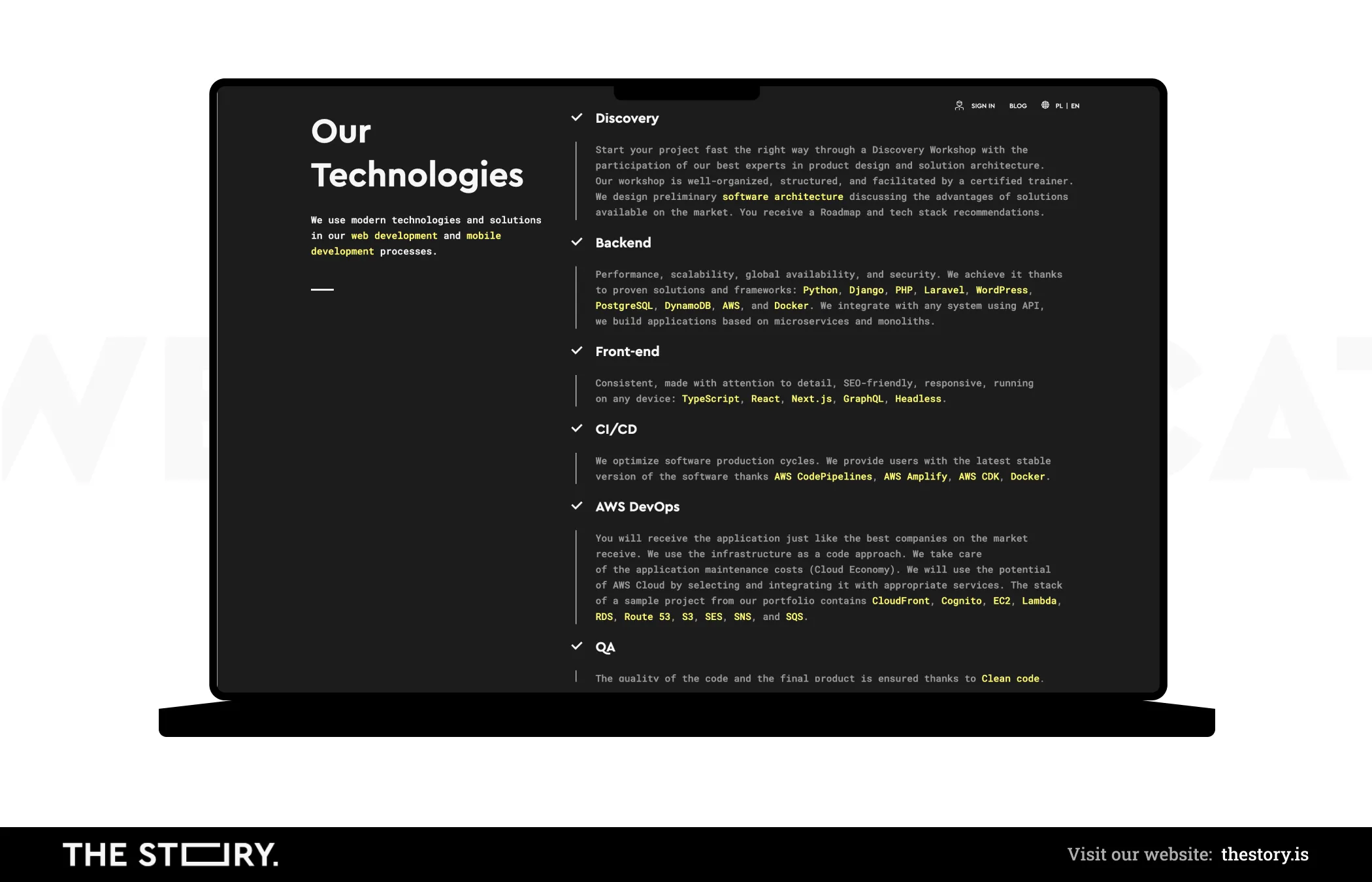
It's worth remembering that the web app development process consists of repetitive stages — regardless of the type, size, and complexity of the project.
Namely, we can distinguish the following phases:
- Discovery phase
- Design phase
- Testing phase
- Coding phase
- Launching phase
- Debugging phase
- Optimization phase
- Maintenance phase
- Development phase.
The nature, type, complexity, functions, and business goals of a given web application make the above stages, to a greater or lesser extent:
- Problematic in terms of organization
- Time-consuming
- Work-intensive
- Error-prone
- Costly.
To sum up, the minimum cost of a:
- Simple website is about 2 200-3 300 USD
- Web application with a custom design is at least 4 400 USD
- Application with a custom design and functions is about 17 600 USD.
Where do high prices of software come from?
From the team. The web app development team is the most costly factor web app development companies must incur.
The cost of writing an application is often associated with the cost of development work. This, of course, is true, but there is more to it. Programmers, although they're fundamentally significant, aren't the only specialists involved in the creation of a web app.
Along with the complexity of a project, there is a need to use the knowledge, experience, and competence of a:
- Business analyst
- Project manager
- UX/UI designer
- UX researcher
- UX writer
- Product designer.
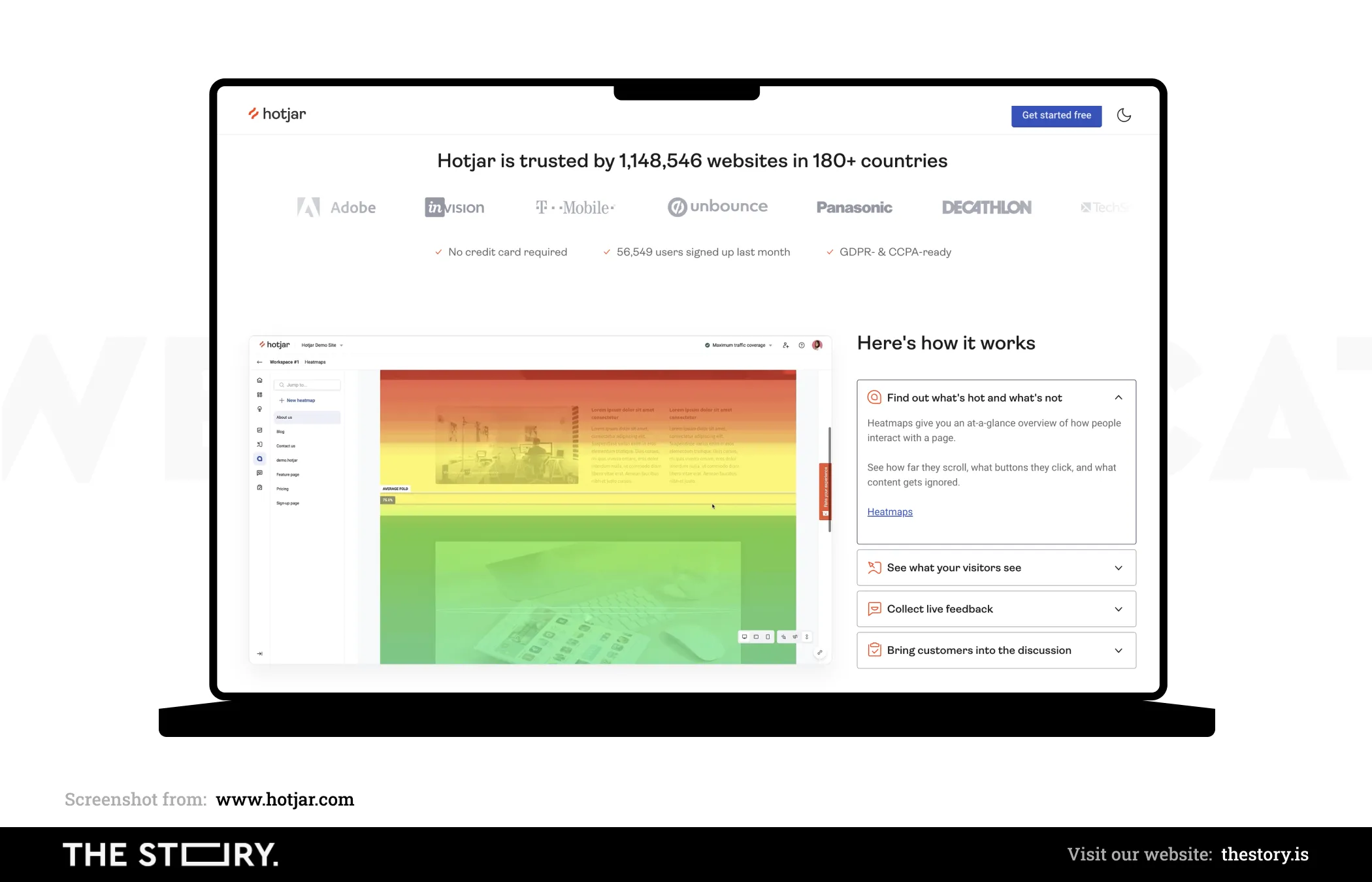
However, let's focus on the scope of programmers' work, which also varies greatly, as does the extent of their competence. Although the appearance, method of operation, and functions of web apps can sometimes look very innocent and lead to the impression that they aren't complicated.
In reality, for their creation, the following are responsible:
- Frontend developers (Frontend development)
- Backend developers (Backend development)
- And Full Stack developers who combine these above competencies (Full Stack development).
Their work influences how a web application:
- Looks
- Whether it works properly
- What level of security it provides
- What level of performance it can achieve
- What kind of User Experience it provides
- To what extent it's consistent with standards, trends, and best practices
- How easy it will be to optimize and develop
- Whether it is SEO friendly.
Functional requirements, software architecture, used methodology, frameworks, databases, tools, necessary integrations, and cloud solutions – these are the most important, though not the only, aspects influencing the web application development cost.
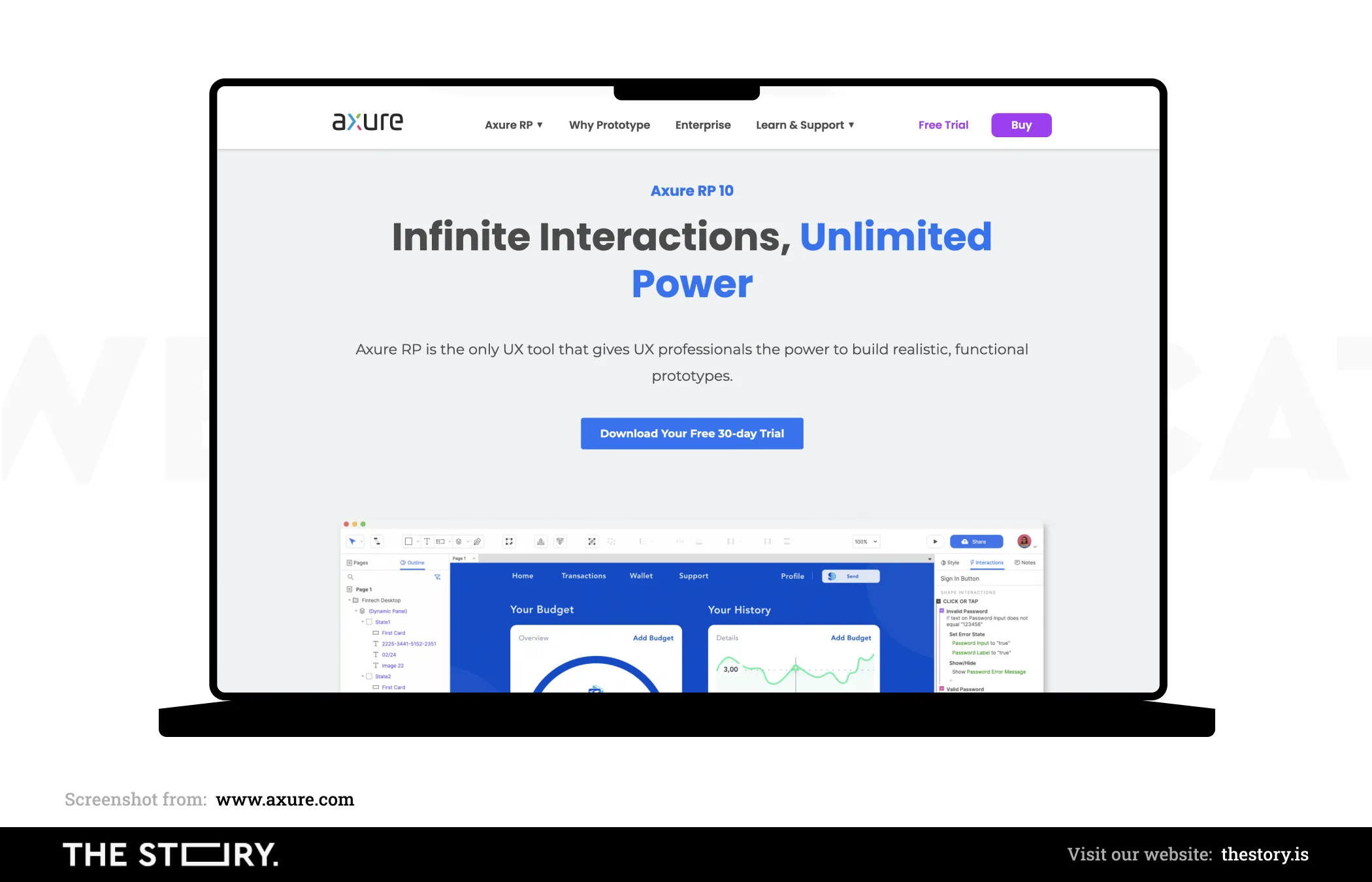
Even a well-designed product can end up looking bad if it's implemented incorrectly!
Let's sum it up. For example, in the Polish market, the cost of a working hour for a:
- Business analyst ranges between 22-44 USD
- Software architect 44-130 USD
- UX/UI designer 40-60 USD
- Developer 40-60 USD
- Senior developer 44-88 USD.
The quotation of application design — UX/UI design, UX research
While the work of programmers (and its cost) is a familiar and understandable aspect for many, the cost of making a web application in terms of the entire project may not be as apparent to everyone.
Without business analysts, UX/UI designers, UX researchers, and UX writers, no complex web app that can effectively achieve business goals can be created. The product depends on them, and its final shape and the concept stage and design stage have a crucial impact on the budget of the emerging system. That's why you should pay special attention to the design stage and documentation of requirements.
It's enough to mention the textbook comparison — every cent spent on a correct design saves you 22 dollars that later would be spent on corrections and the work of programmers.
In a separate article, you can read about the choice of a UX agency.
It's also worth remembering that design and research work involve not only the cost of work of individual specialists but also the cost of software licenses (design apps, research apps, project management apps, communication apps), compensation for respondents, and cost of a consultation with specialists (e.g., related to legal conditions in a given industry).

The quotation of a web application and formal and legal issues
The quotations of developers in the IT industry may depend on intellectual property rights that will be transferred to the customer upon completion of software (or even during work).
If a price looks suspiciously attractive, you should check what rights will be transferred to you and at what stage. It may turn out that creating an MVP will be relatively cheap. However, even after launch, we won't be the owner of the developed software, but we'll acquire rights to use it only based on a time-limited license. In this case, the right to transfer work to a different team may be very costly and sometimes even impossible.
Thus, when comparing quotations, we should pay attention to the following:
- Are we acquiring a proprietary right to a digital product, or is it a license?
- Will we be provided with the source files if we acquire the rights? Will these source files allows us to smoothly continue the project with a different developer?
- What is the offered hourly rate for further development? Is the rate flat, regardless of the type of specialist, or differentiated?
- Do we bind ourselves to a subscription contract for development and maintenance upon deployment? What is the cost of the subscription, what is its scope, and its duration?
- If we decide on a fixed-price implementation method, how much will the possible changes in requirements cost?
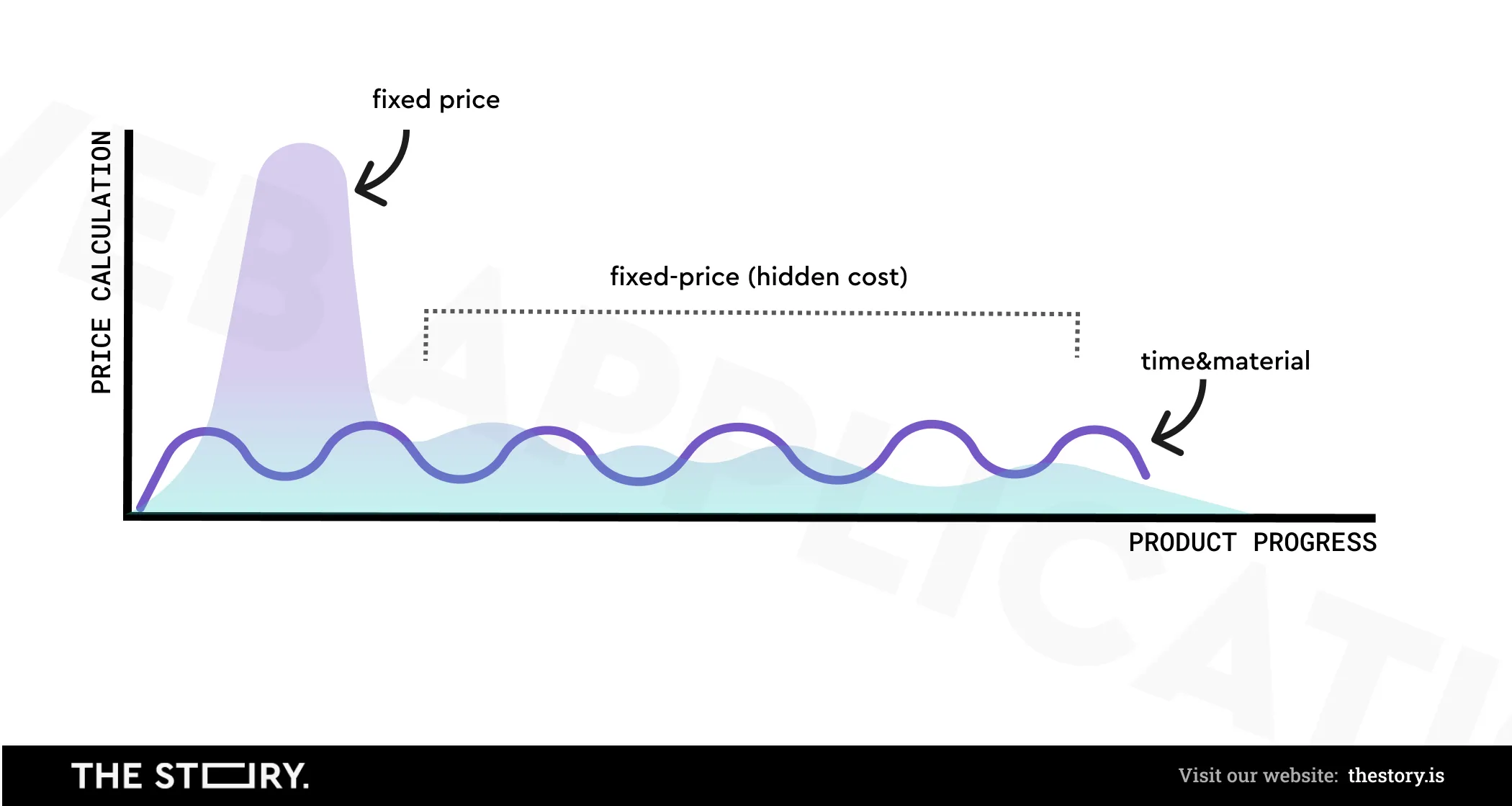
The impact of billing methods
Billing methods (e.g., fixed-price, time & material) that function in a given market also greatly influence the choice of a developer. The subject of services in different billing methods is vast, and we wrote a separate article about it.
We need to point out that the fixed-price model doesn't guarantee a lower price for a product. A common practice in the market (and not only in the IT market) is for companies to exploit all ambiguities in the initial specification to lower fixed-price quotation, and later for everything that wasn't specified at the ordering stage, we'll have to pay extra.
The situation looks different in the case of projects managed with the Scrum method. Here along with the progress of the project, the client specifies their requirements, and they can freely shape them during the cooperation, which means that we determine on an ongoing basis and avoid costs related to the sudden changes in requirements during the project.
Furthermore, we can decide which functions will be deployed at which stage, which gives us even more financial flexibility. Of course, if the project is small, its top-down quotation and adherence to specification throughout the entire deployment stage is possible.
In the case of complex web apps, it's better to deploy software in the agile methodology, which, as we mentioned, allows the Product Owner to change requirements at any moment.
What's more, in the case of a version of the software that is already launched, we can collect opinions from users and benefit from real conclusions from the market to further develop our digital product. So what can we deduce from this? It's possible that in the agile method, some functionalities from the initial product backlog will be scratched, lowering the deployment cost.
If, on the other hand, the same product were made under a fixed-price model, functionalities for which we paid at the deployment stage would have to be redesigned or removed (which isn't free either). In such situations, it may be hard to let go of work that was already done. But if we don't do that, it can result in users who will escape to the competition.

The web application development cost – types of web app developers
Another matter that should be considered and influences the costs of digital product deployment is the type of developer.
We can distinguish a few types of them:
- Freelance developer
- Web development company
- Interactive agency
Depending on the type of company, the size of the team, experience, scope of operations, but also physical location, the web application development cost will vary widely.
In a company with an extensive portfolio, award-winning, with a record of developing market-successful applications, quotations can be higher.
However, that's not the rule. Often experience and multidisciplinarity of team members make it possible to lower internal costs through the standardization of procedures and finding more effective technologies.
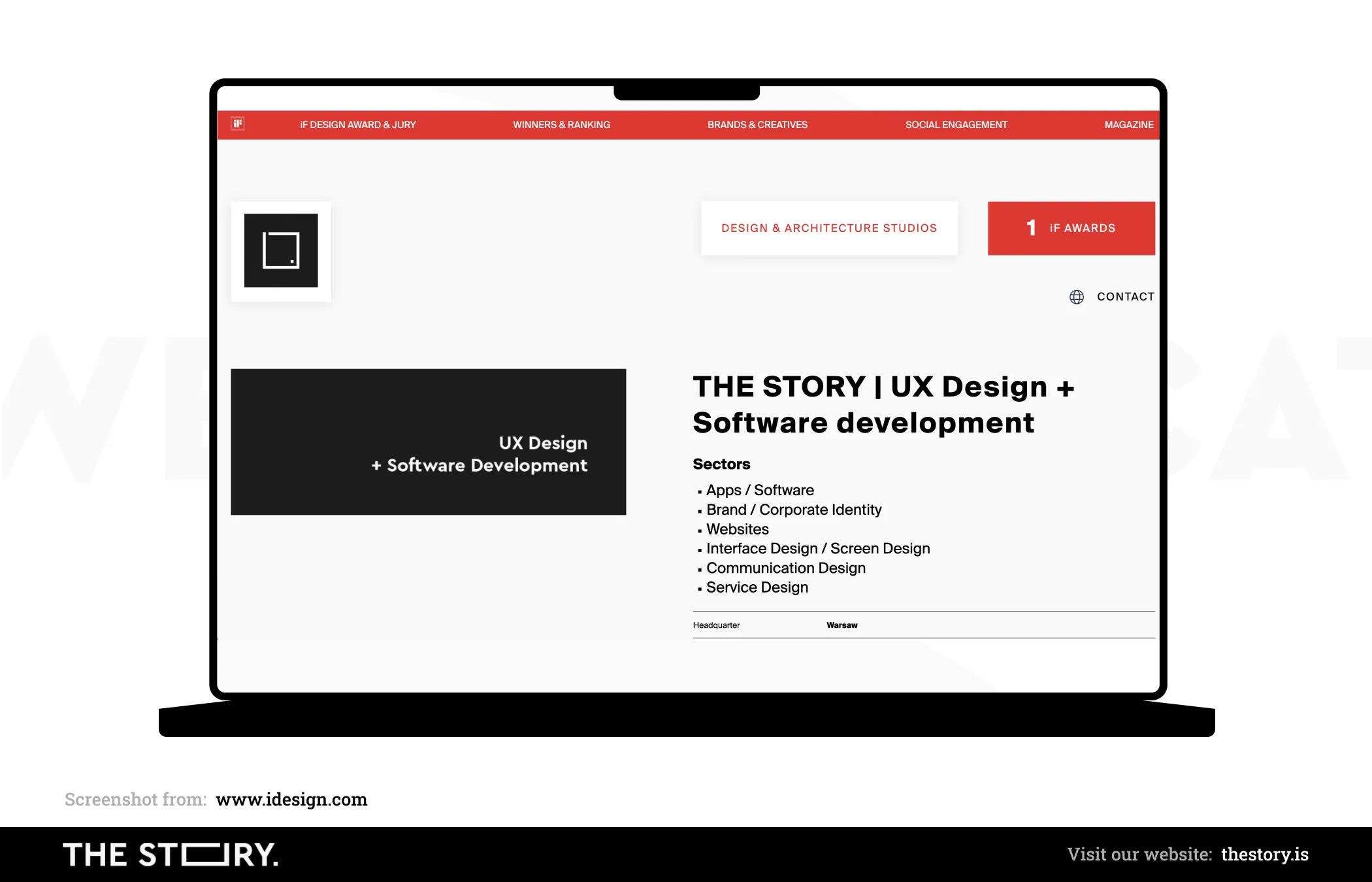
Cheaper almost always means riskier. This risk is sometimes a source of savings and especially losses.
Developers vary in the level of trust and reliability of their services. The reassurance provided by an experienced, market-proven company must come at a cost. How can we check the credibility of a partner?
Primarily we need to verify opinions on the Internet, ask for references and check portfolios. All industry awards are significant indicators confirming the quality of provided services.
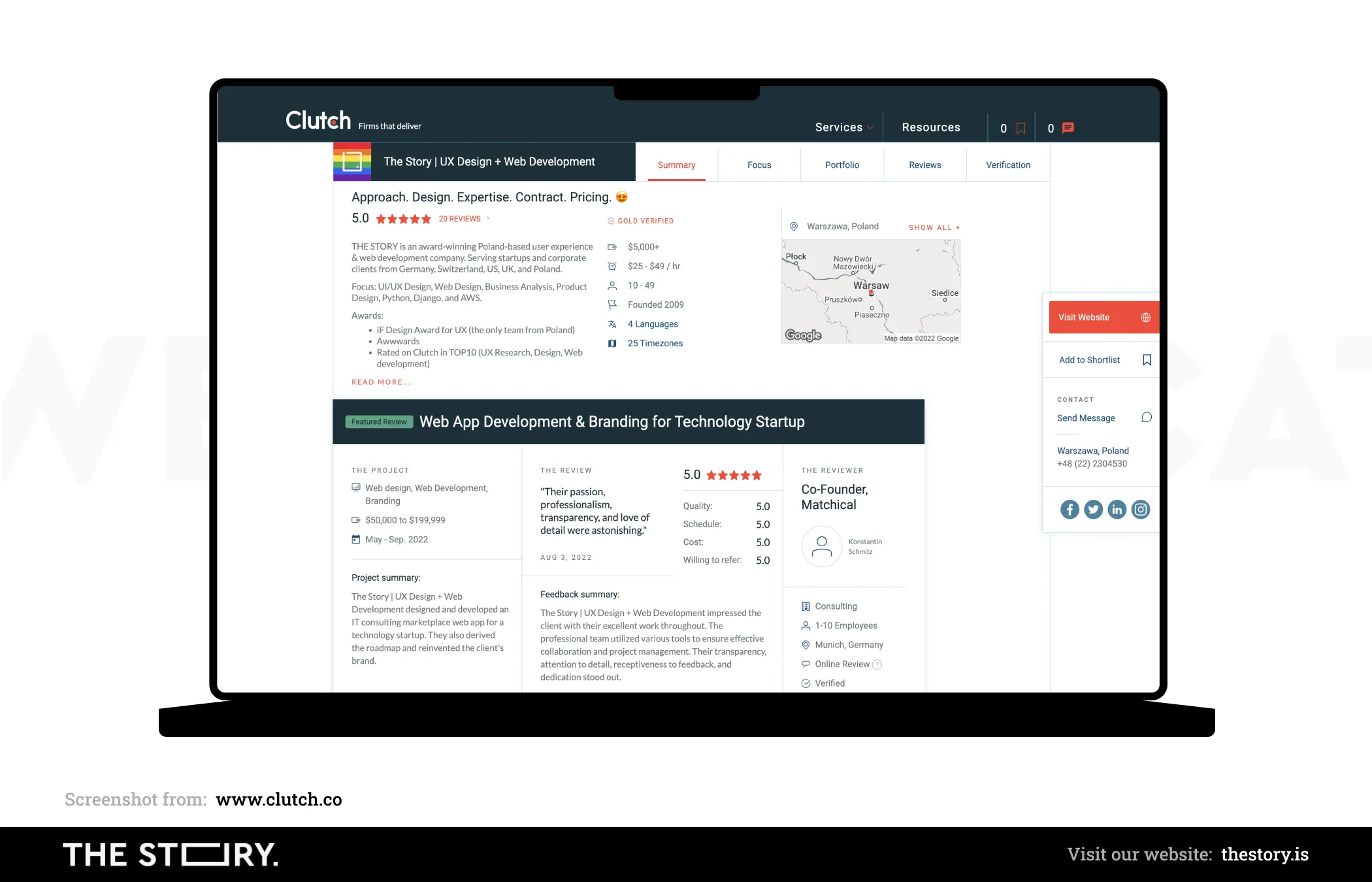
How much does it cost to create a web application? Summary
- The ambiguity of the term web application is a source of many misunderstandings. They primarily influence the cost of its creation and development.
- The cost of simple landing pages (or simple web apps) is an expense of about 2 200 USD. Technologically advanced, custom web apps usually require a budget of millions. The web application development cost depends on many factors.
- To obtain a specific and not estimated quotation for creating a web application, it's necessary to determine detailed functional requirements and business goals.
- The type of application influences the choice of technology, the scope of needed competencies, the size of a team, and the time of web application development.
- Along with the complexity of a project, the scope of design, research, programming, analytical, strategic, and project management work increases, and thus web development cost is also higher.
- Developers aren't the only specialists needed to create a web application.
- A professional web app can't be created without the work of business analysts, project managers, UX/UI designers, UX researchers, UX writers, and product designers.
- The creation of a web application is a process of continuous improvement (optimization and development).
- The more dedicated functions, the higher the web application development cost.
- The greater scope of integration with external systems, the higher the cost.
- The software development costs depend on many factors, including the type of developer, experience, scope of operation, and location.
- Billing methods (e.g., fixed-price, time & material) influence the web app development cost. A fixed price doesn't guarantee a lower price.
- A correctly performed stage of planning functionalities and their documentation makes it possible to estimate these costs with an accuracy of +/- 10%, thus minimizing the risk of losing control over the deployment budget.
Disclaimer!
The sample prices presented in the article have been made for reference purposes, and they do not constitute a commercial offer according to Article 66 §1 of the Polish Civil Code.







